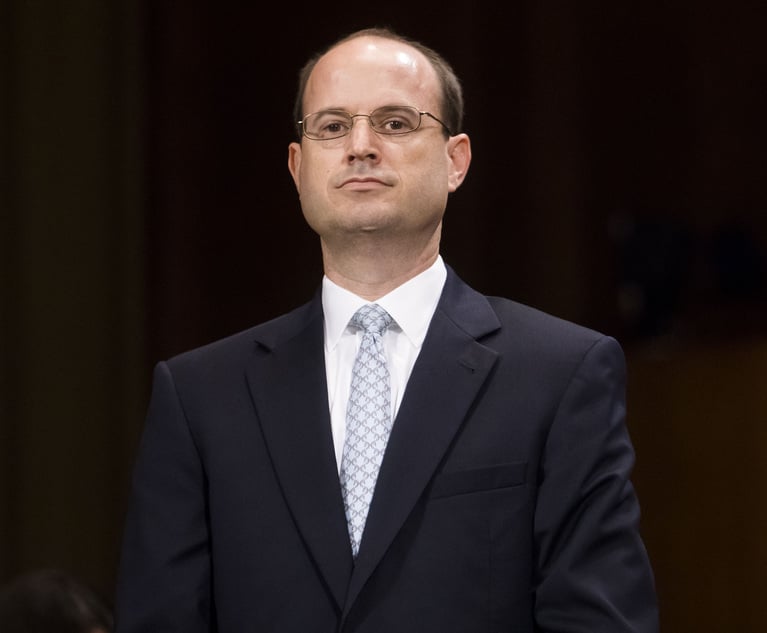In the 2002 film, “Catch Me if You Can,” Leonardo DiCaprio stars as a conman who commits check fraud across the United States entering banks, posing as a pilot, lawyer and doctor, to dupe unsuspecting victims out of millions of dollars. In today’s world, real life fraudsters have a new con—defrauding customers of financial institutions using technical schemes from remote locations to initiate wire transfers to anonymous and far away bank accounts, with the wired money typically never to be seen by its rightful owners again.
With the increase of the internet and online banking, hackers have devised ways to access people’s personal information, and to send emails to banks or others, posing as the true bank account holders, making wire transfer requests from what appears to be the customer’s or other legitimate email addresses. The scheme does not even require the fraudster to set foot inside the bank (or to even set foot inside the United States). Thus, rather than wearing a disguise, modern fraudsters disguise themselves as the true bank account holders or as other legitimate recipients of funds, by transmitting electronic communications to initiate the wire transfers. When the scheme is eventually uncovered, it is too late, and the money has vanished to some far away country and into the fraudsters’ pockets.


 (L to R) Lee Teichner and Kevin C. Paule of Holland & Knight. (Photo: Courtesy Photo)
(L to R) Lee Teichner and Kevin C. Paule of Holland & Knight. (Photo: Courtesy Photo)




